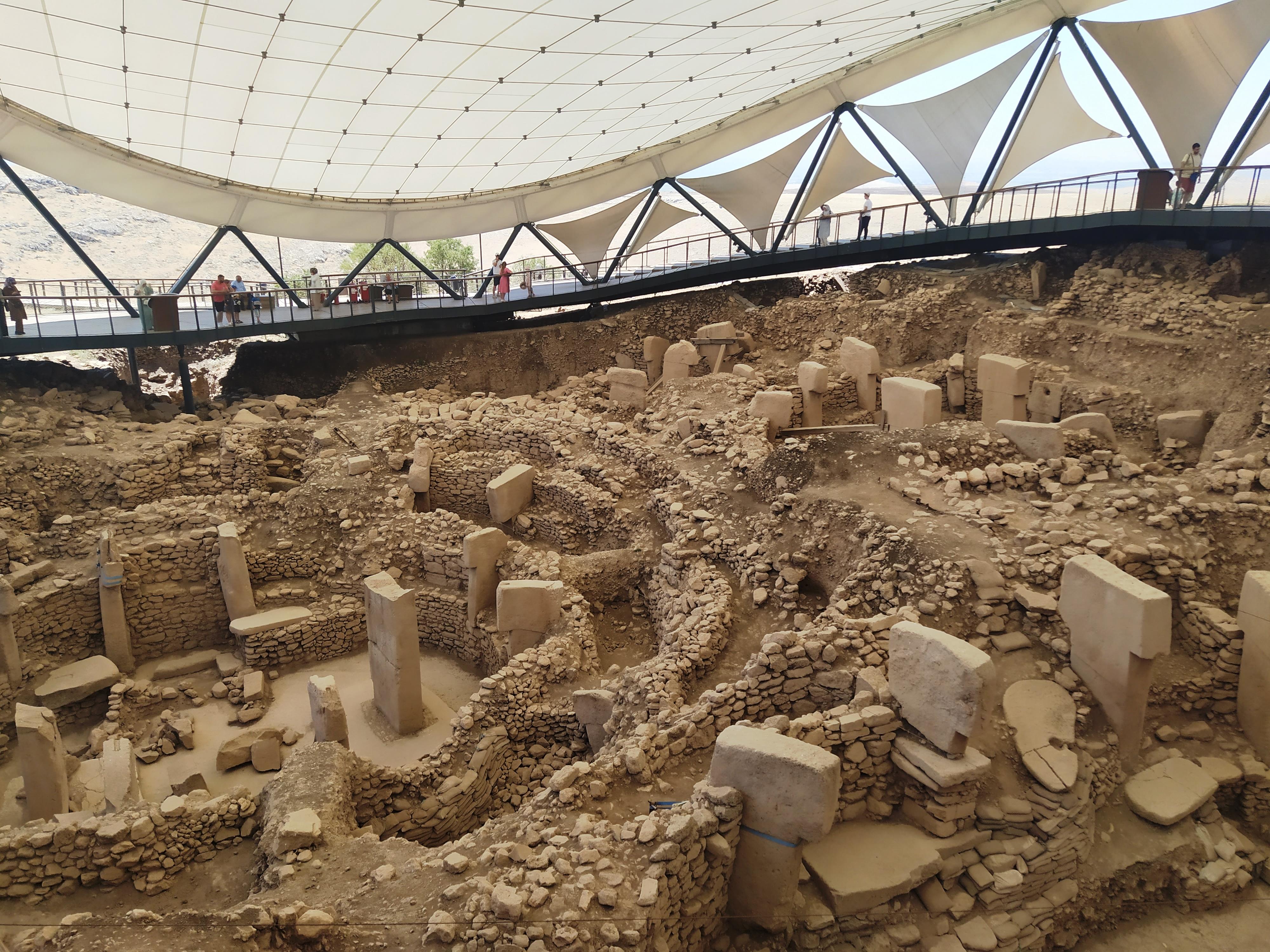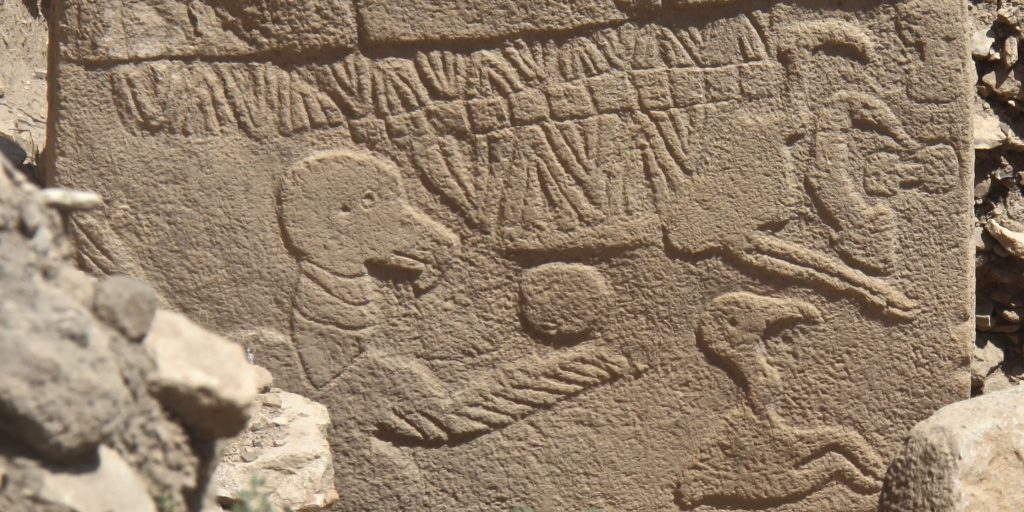Carvings at Göbeklitepe Could Be the World’s Oldest Calendar.
Others are reading now
At the Göbekli Tepe site in Türkiye stands a stone pillar with mysterious carvings, chiseled 12,000 years ago.
New research now suggests that these carvings could represent the oldest solar calendar in history.
Experts from the University of Edinburgh propose that these markings may have been created to commemorate a catastrophic comet strike that marked a pivotal moment in human civilization.
Ancient Calendar Discovery
The Göbekli Tepe archaeological site, located in southeast Türkiye, is famous for its massive T-shaped stone pillars adorned with intricate carvings of animals and abstract symbols.
Also read
A recent analysis indicates that some of these carvings could have functioned as a calendar, tracking celestial events and documenting the positions of the sun, moon, and stars.
This suggests that prehistoric humans used these engravings to record their observations of the cosmos, possibly creating a primitive lunisolar calendar that combined solar and lunar cycles to track time.

The study focused on V-shaped symbols on the pillars, which researchers believe could represent single days.
They found evidence of a 365-day calendar on one of the pillars, with 12 lunar months and an additional 11 days.
One particular carving, thought to represent the summer solstice, shows a V-shaped symbol around the neck of a bird-like creature, which may have represented the summer solstice constellation at that time.
Comet Impact and Its Effects
The carvings at Göbekli Tepe may also remember a major event: a comet impact around 10,850 BCE, nearly 13,000 years ago.
This impact is believed to have caused a mini-ice age that lasted over 1,200 years.
The led to the extinction of many large animals and possibly pushing early humans to change their way of life and develop agriculture, which helped pave the way for the rise of civilization in the Fertile Crescent.
Scientists also think that the comet fragments came from the Taurid meteor stream, which is shown on another pillar at Göbekli Tepe.
This suggests that the people who lived there had a good understanding of the stars and might have been tracking the movement of constellations thousands of years earlier than previously thought.
Early Human Understanding
These carvings may be more than just a calendar.
Dr. Martin Sweatman of the University of Edinburgh, who led the research, believes that the comet strike might have sparked new religious beliefs or practices that influenced the development of civilization.
“The people of Göbekli Tepe were keen observers of the sky, which makes sense given their world had been devastated by a comet strike,” Sweatman said.
“This event might have led to the start of a new religion and pushed developments in agriculture to deal with the colder climate. Their attempts to record what they saw might have been the first steps toward the development of writing much later.”


